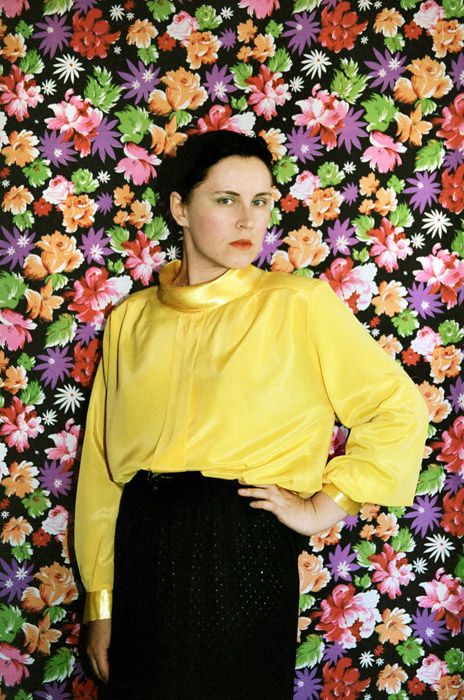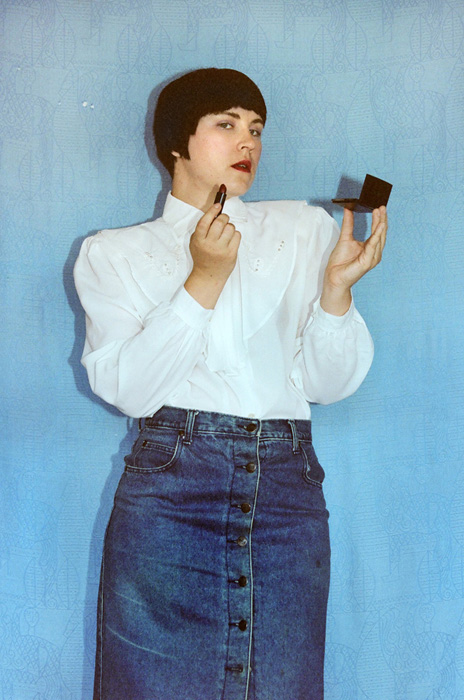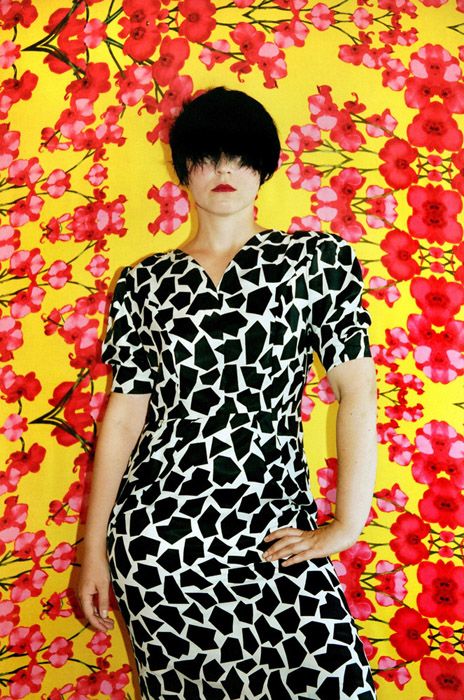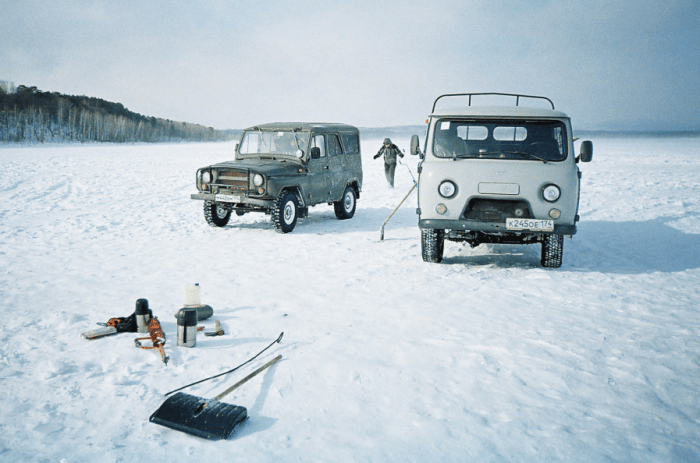blog
Interview with photographer Anastasia Bogomolova

F-Stop Magazine: How did you first become involved in photography and what led to you working in this medium as an artist?
Anastasia Bogomolova: I was involved in photography through journalism, which I studied at the university in Chelyabinsk. A few years after graduation I was working as an editor, but at the same time I was looking at myself in art. Before finally changing the type of activity I worked as a photojournalist, but this visual method and rapid work style weren’t close to me. Nevertheless, the magic of the image captured my head, and I took photography as my key method of communication and expression. It allows me to overcome myself. This is the language in which I feel comfortable to speak not only as an artist but also as a person.
F-Stop: The Portfolio Issue 2014 of F-Stop Magazine includes images from your project “Lookbook”. Can you tell us about this project? What led to this project?
AB: This project is a continuation of my research in the themes of memory and archive, which I’ve begun in previous works. I represent an archive not as a canned time capsule, but asa lively and supple medium constantly expanding its own borders. This understanding has allowed me to take another look at the family closet, where my mother kept a myriad of her former clothes and my elder sister’s costumes. There are mostly colorful dresses acquired in the soviet department stores and stitched in some atelier or at home, as was the custom in the USSR. When I was 7—8 years old, every time I was left home alone I was just climbing into the closet to try on every outfit. I was posing in front of the mirror, trying to find something adult in myself. These days I’m approaching the age when my mother gave birth to me, and I took out all those dresses, useless now, to wear them without fear of being caught up. In project “Lookbook” I try to recall the children’s ritual and at the same time to recreate all images of women in my family to understand how they saw their own sexuality and femininity.

F-Stop: Can you discuss your process for making these images or your creative process more generally?
AB: In addition to the old dresses, my mother’s vintage lipsticks, eye shadows and blushes I used another part of my family archive. This is the pieces of cloth which my grandmother kept for many years and never had time to sew anything. Cloth was the backdrop for self-portraits, which were also inspired by Soviet fashion magazines from 1970s and 1980s, formed my very first idea of beauty.
F-Stop: How do you choose what to photograph, what are you looking to capture?
AB: I almost never plan and act intuitively. On the one hand it gives me the freedom to maneuver between styles and genres, but often such a search forces me to spend more time on the project.

F-Stop: What do you hope people see or feel or perhaps learn when they look at your photographs?
AB: I’d like to see people feel belonging not only with the history of my family, but with visual background of my country.
F-Stop: Do you have a favorite image in this series? If so, which one and why is it the image that speaks to you most?
AB: For me each of these pictures has become an independent detached image in which I don’t recognize myself. It’s a strange experience where I see the signs of self-objectification.

from “Under the Dome”
F-Stop: Are you working on any other projects currently?
AB: I’m keen on the project “Under the dome” about finding meteorite places. This work was inspired by my personal experience of observing the meteorite “Chelyabinsk” (Urals, Russia) in February 2013. It’s recognized as the largest of the known celestial bodies which fell to the Earth after the Tunguska meteorite (1908). In search of areas where there have been cases of the falling meteorites in the last hundred years I travel through the Urals region where I live. As it turns out, there is a rich meteorite history here. But I don’t find any signs or memorials. I start my own mythological topography and form my own memories of the past based on personal perceptions.
F-Stop: What photographers or other artists inspire you?
AB: Christian Boltanski, Joan Fontcuberta, Christian Patterson, Boris Mikhailov and Vladimir Kupriyanov are among such artists but the greatest inspiration I always get is my family history and mythology of the space where I live.
For more of Anastasia Bogomolova’s work: anabogomolova.viewbook.com
Location: Online Type: Featured Photographer, Interview
Events by Location
Post Categories
Tags
- Abstract
- Alternative process
- Architecture
- Artist Talk
- artistic residency
- Biennial
- Black and White
- Book Fair
- Car culture
- Charity
- Childhood
- Children
- Cities
- Collaboration
- Community
- Cyanotype
- Documentary
- Environment
- Event
- Exhibition
- Faith
- Family
- Fashion
- Festival
- Film Review
- Food
- Friendship
- FStop20th
- Gender
- Gun Culture
- Habitat
- Hom
- home
- journal
- Landscapes
- Lecture
- Love
- Masculinity
- Mental Health
- Migration
- Museums
- Music
- Nature
- Night
- nuclear
- p
- photographic residency
- Photomontage
- Plants
- Podcast
- Portraits
- Prairies
- Religion
- River
- Still Life
- Street Photography
- Tourism
- UFO
- Water
- Zine

Leave a Reply